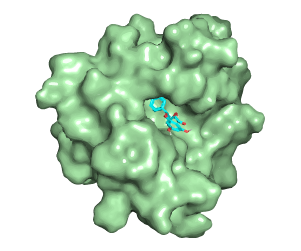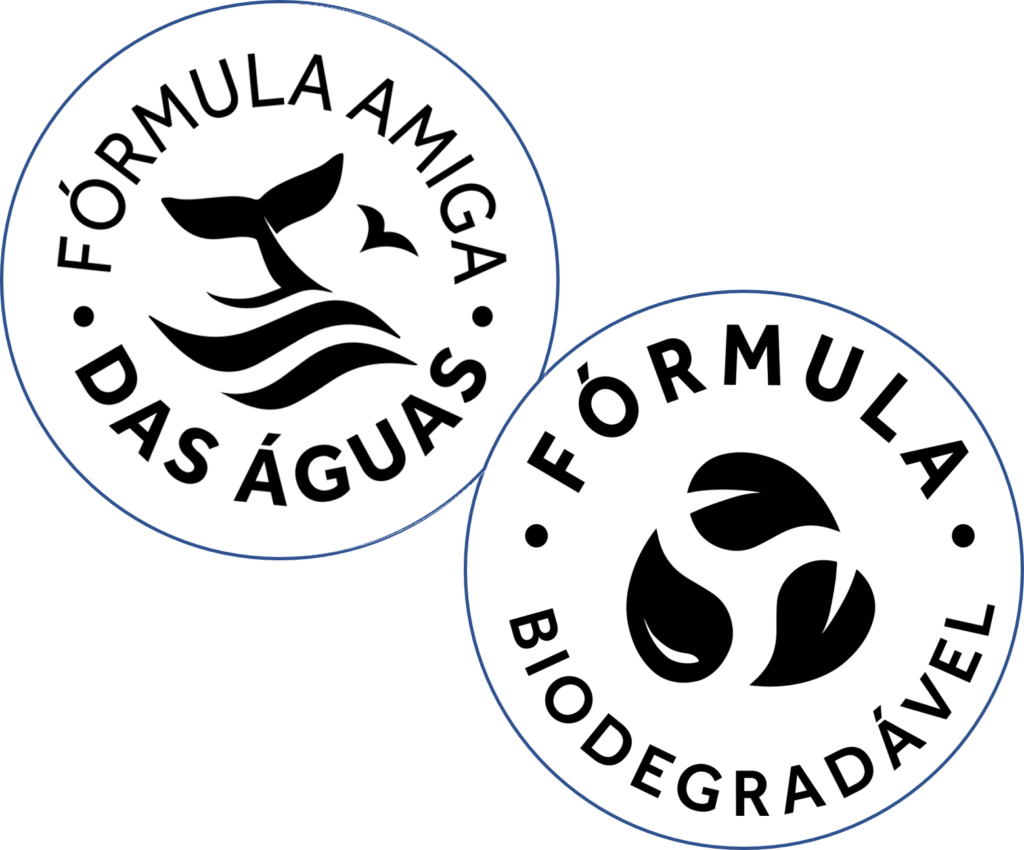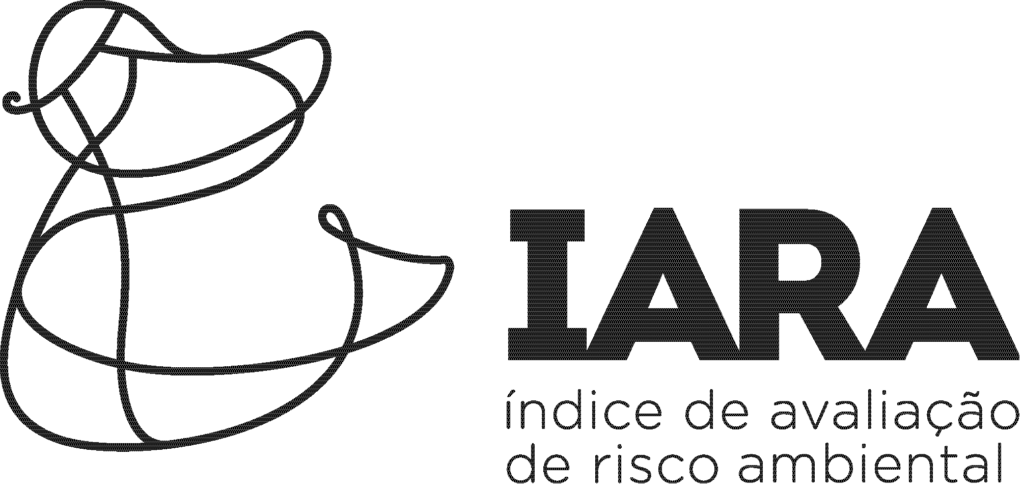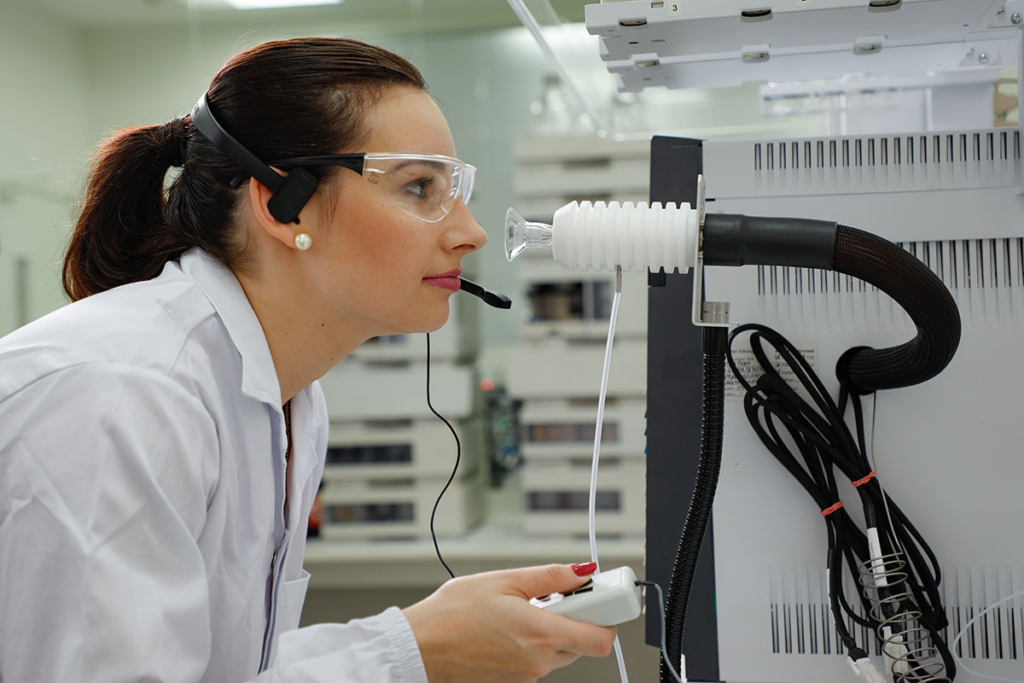Science and Innovation

boti baby skin
Boticário Group is pioneer in the country in the internal development of reconstituted tissue models for safety and efficacy testing of cosmetic products. Once we understand the particularities of adult and child skins, we dedicated our efforts to developing an in vitro reconstituted model that mimics the delicacy of child skin, resulting in Boti Baby Skin®.
The development of Boti Baby Skin® was possible through the use of child cells undergoing a controlled laboratory process of cellular differentiation, similar to what happens in the human body, transforming these cells into tissues that mimic child skin’s sensitivity. This model allows for more realistic and accurate testing of cosmetic products intended for children.

efficacy and safety computational analysis

Currently, this aspect of analysis in Boticário Group is associated with the Alternative Methods research line, used in product development projects and, mainly, for prospecting attributes for proprietary raw materials under development. Bioinformatics is the science that uses information technology to understand and organize biological data.
These analyses assist in a prior mapping of the action potential of a given molecule, enabling substantial savings in time and resources in the search for more assertive experimental validation.
Today, the bioinformatics analyses conducted in the laboratory comprise three fronts:
1 – data collection
Use of public databases or scientific literature to identify genes that have some type of interaction with the molecule of interest. This procedure facilitates the understanding and selection of assets based on scientific evidence about their influence on relevant biological processes.
2 – biological network
It allows us to understand the interactions between genes/proteins identified in the databases. Through these interactions, we can perform functional enrichment analyses to map which biological processes and pathways are altered, providing a perspective on how the active ingredients of a given product can promote the desired effect.
3 – virtual screening
It is a computational technique that allows rapid screening of compounds with potential cosmetic activity for objectives associated with the desired attribute for a given product, saving time and resources. This analysis is performed with 3D simulations of the chemical interaction between the compound (ligand) and the biological target (protein).
Considering computational analyses of efficacy, bioinformatics techniques accelerate the process of screening and identifying compounds, reducing both costs and development time. In addition, this approach allows for more efficient production of cosmetics with innovative features. In this sense, knowing the molecular mechanisms by which a cosmetic active ingredient can act helps in the development of personalized products for specific needs with a more precise and efficient approach.
3D Bioprinting Innovation in Tissue Creation
The Boticário Group is at the forefront of science and technology by incorporating 3D bioprinting into its research and development processes. With this innovative technology, we are increasingly advancing in the creation of three-dimensional tissues that mimic the structure and complexity of human skin. 3D bioprinting utilizes an advanced printing system where a computer coordinates the deposition of biomaterials, layer by layer, to form highly detailed tissues.
The “ink” used in bioprinting is composed of biological materials such as cells, proteins, and growth factors, ensuring a faithful recreation of skin structures. The key advantage of this technology is that the process allows for the inclusion of additional features, such as hair follicles, providing a more complete and functional modeling. With 3D bioprinting, we are not only advancing the science of tissues but also raising the standards of safety and efficacy of cosmetic products.
3D skin
Boticário Group is committed to offering and implementing technologies that guarantee safety and effectiveness before launching products.
We are the first company to develop a 3D skin in the country. This model was developed by researchers from Boticário Group Research and Development Center. It is an in vitro model that mimics human skin.
In the laboratory, the skin is formed, cell by cell, layer by layer, just like human skin. First, the dermis, composed of fibroblasts, which are responsible for protein production, such as collagen, which give firmness and elasticity to the skin.
The next layer is the epidermis, composed of cells called keratinocytes, responsible for the functions of body barrier and protection, and by melanocytes, responsible for skin pigmentation.

The material can be used in testing raw materials and finished products (creams, lotions, and makeup), both for the choice of ingredients that will be used in the formulations and for the safety of the products.
Technology is an alternative method to animal testing for the cosmetic industry, recognized by the National Council for the Control of Animal Experimentation (Concea) and the National Health Surveillance Agency (Anvisa).
how we create 3D Skin

We use cells isolated from discarded plastic surgery tissue.

Donor consent is required for this purpose.

Approval from the institution’s Ethics and Research Committee.
More advantages

Animal testing is avoided in the cosmetic industry;

Decreased number of tests on humans;

More fidelity and reliability to product testing;

Possibility to test several formulations and choose the best in terms of effectiveness.
organs on a chip
This is another project in the development phase. In Brazil, Boticário Group is a pioneer of this technology. Organs on a chip simulates the behavior of human organs, identifying possible allergic reactions caused by cosmetic products from the skin, thus eliminating human testing.
how it works
The chips allow organoids (in vitro structures that mimic human organs) to be permeated by a fluid similar to blood circulation. This is a major technological advance that will benefit the tests required for the development of new products. This microcirculation simulates living organisms, significantly increasing the predictive power of the tests.
reference and trust
The technology used to develop the chip is from the German company TissUse. The development in Brazil will be conducted in partnership with LNBio (National Biosciences Laboratory), a laboratory linked to CNPEM (National Center for Research in Energy and Materials) and with support from MCTIC (Ministry of Science, Technology, Innovations and Communications) and the National Network of Alternative Methods for the Use of Animals (RENAMA).
environmental impact of formulas
I.A.R.A – Acronym for Índice de Avaliação de Risco Ambiental (Environmental Risk Assessment Index)
Boticário Group is committed and concerned about the environmental impact of the ingredients used in our formulations. In 2015, we began developing our own tool for evaluating formulas, called I.A.R.A.®.
This is a tool that allows us to calculate the impact on the aquatic environment and the biodegradability of rinse-off products such as shampoos, conditioners and soaps.

The methodology consists of calculating the impact of formulas through the parameterization of bioaccumulation, biodegradation and aquatic toxicity data of raw materials using a risk matrix.
A score is established for each raw material considering these parameters. Then, they are equated and added together, generating a final score.
Based on this information, the Product Safety team is able to assess the environmental impact of formulas and the team of formulators suggests improvements for the development of new rinse-off products, making them even more sustainable.

The pioneering spirit of Boticário Group with the use of the I.A.R.A.® tool and in the communication of products with a water-friendly formula and a biodegradable formula can bring about changes in the sector and promote more conscious forms of consumption.
Committed to launching rinse-off products with less impact on the aquatic environment, one of Boticário Group commitments for the future is: Ensuring lower impact on the aquatic environment for 100% of critical product lines.
Do you want to know more about I.A.R.A.®?
Read our articles and learn more about this tool.
consumer sciences
Our objective is to bring the consumer to the center of decisions throughout the product development process, showing attributes and communications that are relevant to them. In addition, we are responsible for proving the effectiveness of the product through different tools such as consumer, sensory and instrumental tests. We also have a neuroscience laboratory, NeuroGBLab, which analyzes both the product and the business needs.
CONSUMER TESTING
Understanding and translating consumer behavior and their relationship with products (aspects of use, pleasantness, functionality, benefits and packaging) through quantitative and qualitative research methodologies.
INSTRUMENTAL TESTS
These are methodologies that use specific techniques and equipment to evaluate the response between the binary product and the skin, hair or attachments to a given product, in addition to measuring physiological aspects. Images for communication are also made here.
SENSORY TESTS
This kind of test uses the human senses as a measuring instrument through a group of trained sensory panelists. Sensory tests provide parameters for the development, improvement or launch of new products.
digital nose
The entire connection in the world of perfumery is made sensorially, and we believe that a good human nose will always be fundamental in choosing and evaluating a new perfume. But why not combine technology with this entire process?
Boticário Group is a reference in perfumery and is always connected to bringing the better products for consumers.
Having this in mind, we went to Europe in search of innovative technologies that could bring an increasingly assertive assessment of the olfactory performance of products. This, we brought our gas chromatograph coupled with mass spectrometry and olfactometry, affectionately called by us Digital Nose.
This tool can translate olfactory perceptions into numbers and chemical data, allowing us to have a much more complete and robust evaluation of our products and help deliver increasingly better products to our consumers.

